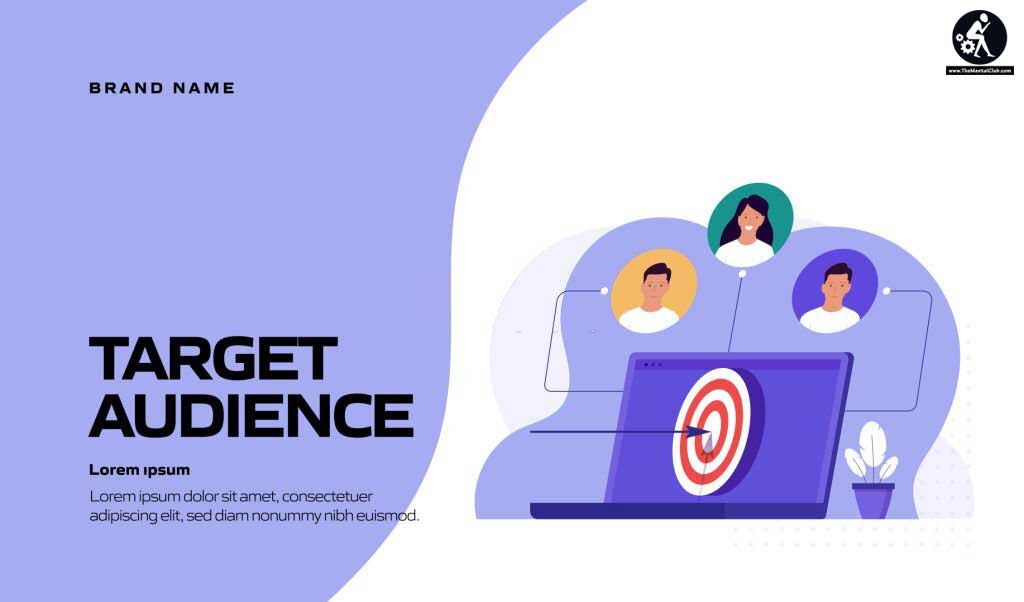In order to recognize the Big Idea of an existing digital business, you need to explore 8 main levels. In the end, you will get a working version of the Big Idea, which can be tested on a focus group and perfected. You can conduct these studies yourself, or you can entrust them to professionals.

Level 1: your product
We invite you to answer the following questions:
What total target audience problems does your product or organization as a whole solve?
What are the characteristics of the consumption of your product? (For what reason or why they buy your particular product)
Level 2: business goals
Again we answer the questions:
What is your global goal in business (increase sales, expand market share, etc.)?
What do you want to achieve in terms of marketing (increase the awareness and loyalty of the audience, change the features of product consumption, create a new or change the existing culture of product consumption)?
Do you need to stimulate the audience to the first purchase?
How is communication with the audience going?
What communication channels do you use or plan to use in the coming year? And why?

Level 3: Target audience, psycho types, client portraits
The development of target audience, client portraits and psycho types is the cornerstone of your marketing and business in general. You need to know your buyer inside and out because it is the target audience that is the guarantor of the well-being of your business.
Test yourself by answering our questions:
Who is your client?
Needs, does he fulfil with your product?
What online resources does he visit, and where does he get important information?
What communication channels are most effective in working with him?

Level 4: market and competitors
In order to overcome the information buzz organized by rivals, a clear understanding of the characteristics of the market and its main participants is necessary.
What are the most successful companies in your niche?
How do they interact with CA?
What are the strengths and weaknesses of these companies?
What is your key difference from competitors?
Level 5: Your brand’s main message
At this point, you should have a core theme and a working Big Idea. What is the most important message you want to convey to your target audience?
Why should people believe your message?
Why will this message lead to the desire of the target audience to buy your product or service?
Does your key message create a strong connection between your company and your audience?

Level 6: creativity and strategy
It is important to understand that creativity is not just the creative impulses of advertisers, but a clear technology for transforming the main message of your company into a specific content format. To test the viability of your creative marketing solutions, answer the following questions:
Is the topic of your Big Idea interesting enough?
Is it unique, is it not found in competitors?
Can this idea serve as a communicative message for a long time?
Does it easily adapt to a rapidly changing market and consumer tastes?

Level 7: organization of communication and channels for attracting consumers
At this stage, there are 2 main questions:
When, where and in what format will your Big Idea be revealed?
What communication channels will be involved (social networks, blog, website, TV advertising, outdoor advertising, etc.)?
In order to properly organize communication with potential consumers, it is important to know what resources they use, where they get information from, where they hang out, and communicate, and what social networks they use. That is, we again come to the conclusion that you need to know your target audience thoroughly, which means that marketing field analysis is simply necessary. Because desk analysis does not give a complete picture of what is happening. Moreover, it is important to note that the field analysis must be periodically repeated in order to track important market changes. The market changes very often. We recommend conducting a field analysis once a quarter to keep abreast of market changes.

Level 8: Putting the Big Idea to the test
So, we have worked out the Big Idea – let’s test it in practice! Need to check:
Does your Big Idea get through the information buzz? (Do consumers pay attention to your idea – there are real reviews, and purchases. If not, then it is necessary to strengthen advertising in this direction.)
How close is your idea to the target audience? (Does the message get across? Any positive feedback?)
Does the Big Idea encourage active discussion?

Will it be able to maintain its relevance for several years? Or at least months? Field analysis will help to determine.





























